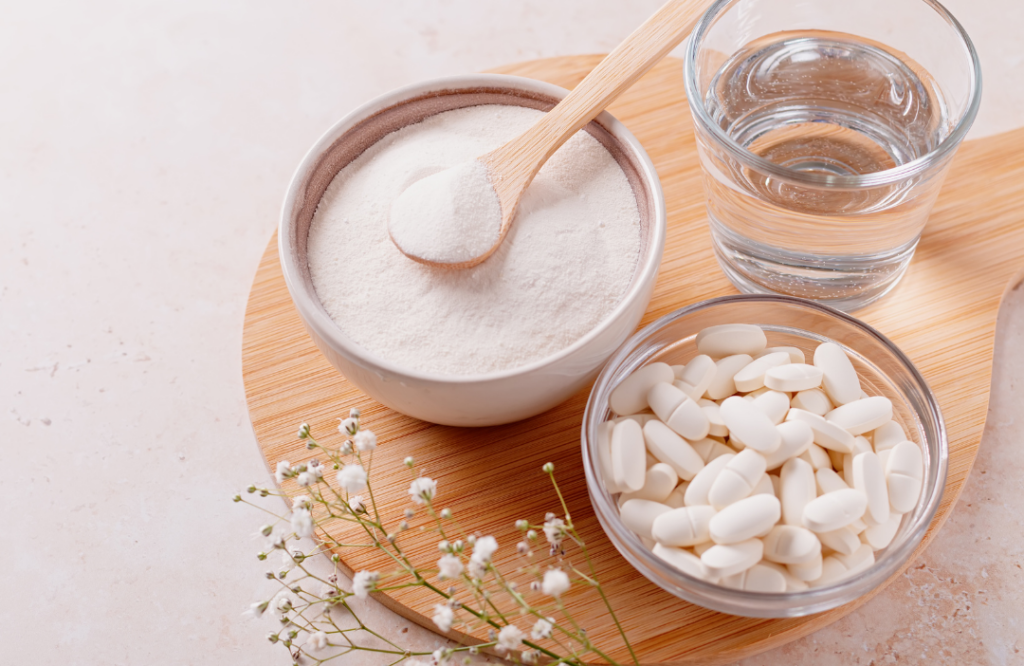The Dirt on Oils, why olive oil is not the healthiest cooking oil
Published on October 4, 2017 by Dr. Caitlin Gordon
Why olive oil is not the healthiest cooking oil
 As a lifelong olive oil user (like many of you), I was shocked to learn that stir-frying my veggies, pan-frying my salmon, and flash-roasting my root veggies in olive oil was not healthy. It turns out that olive is not the healthiest cooking oil when it comes to many common types of cooking. I never knew it mattered how I used my olive oil. Now I do, and I’m gonna explain below.
As a lifelong olive oil user (like many of you), I was shocked to learn that stir-frying my veggies, pan-frying my salmon, and flash-roasting my root veggies in olive oil was not healthy. It turns out that olive is not the healthiest cooking oil when it comes to many common types of cooking. I never knew it mattered how I used my olive oil. Now I do, and I’m gonna explain below.
There has been much conflicting information over the years about the healthiest cooking oil. The American Heart Association is in large part to blame. Their recommendations to eat vegetable oils and avoid animal fats is based on outdated and poorly conducted research. Unfortunately, there is a lot of political pressure and influence from the corn and soy industries muddying the waters.
Oils, Oxidative Stress, and Antioxidants
Let’s just get a little scientific and think rationally about oils (fats). We know that fats are prone to oxidation which leads to rancidity. Oxidation is a process that happens to fats due to heat, light, air, or moisture exposure. Hence, cooking certain oils becomes problematic. Heat damages chemical bonds and the electron structure becomes unstable. The result is the emission of highly toxic chemicals called free radicals. Free radicals are missing an electron and go around the body stealing electrons from other cells to become stable again. The cells they steal electrons from are damaged in the process, becoming free radicals themselves. This has a domino effect. Oxidative damage is what causes aging–the damage and death of our cells.
Antioxidants, by contrast, have an extra electron to give. So instead of the free radicals pulling electrons off healthy cells and damaging them, antioxidants can offer up their extra, and protect the body from this cellular damage, a.k.a aging.
Because vegetable oils contain unsaturated fats, they are prone to oxidation and rancidity. Exposure to light, water, heat, and even air can cause rancidity. You may have noticed that most vegetable oils come in clear plastic bottles–not doing us any favors as it leaves them vulnerable to light. As you can imagine, the vast majority of oils used for cooking in restaurants and at home are rancid.
Why cooking with the right oil matters
 The healthiest cooking oil depends on how you plan to use it. Different fats have different temperature tolerances. Popular “healthy” oils including flaxseed and olive oil have a relatively low smoke point. This means they become unstable, a.k.a oxidized, at a relatively low temperature. Oxidized fats lead to increased inflammation and aging, as explained above.
The healthiest cooking oil depends on how you plan to use it. Different fats have different temperature tolerances. Popular “healthy” oils including flaxseed and olive oil have a relatively low smoke point. This means they become unstable, a.k.a oxidized, at a relatively low temperature. Oxidized fats lead to increased inflammation and aging, as explained above.
Widely used oils such as corn, soybean, and grapeseed are high in polyunsaturated fats (PUFAs). PUFAs become unstable at high heat as well, producing free radicals.
Animal oils, avocado oil, and coconut oil have a medium-to-high smoke point. This means they can tolerate quite a bit of heat before becoming unstable. They don’t become oxidized easily.
It is important to choose an oil that can stand up to the type of heat you plan to use while cooking.
The type of fat in oil matters too
We know omega-3 fats can be anti-inflammatory. And we know that too many omega 6-s are pro-inflammatory. The jury is still out on what the ideal ratio for health is between omega-3s and 6s and 9s. But there is a consensus that Americans get too much omega 6s and not enough 3s. This imbalanced ratio is linked with increased risk of cardiovascular disease and inflammatory conditions. The healthiest cooking oil is going to be the closest to a 1:1 ratio of omega-3 to omega-6 fats.
Oxidized oils also lose their healthy fat profile. Olive oil has a nice balance of omegas, but the heart-healthy omega-3s are depleted with high heat cooking. Vegetable oils and peanut oil, on the other hand, have high levels of omega 6 and 9 fats. We get more than enough of these oils in the standard American diet.
In order to improve our omega 3-6 ratio, which is linked with improved cardiovascular health, we need to increase omega 3s while simultaneously decreasing omega 6s.
Can’t I just take a fish oil supplement to balance out cooking with vegetable oil?
 Not long-term. While there is some research showing that short-term use of supplemental omega-3s can reduce inflammation, the evidence for long-term and high-dose use is mixed. Some studies show increased oxidative damage. There is evidence that high doses of fish oil (over 2,000mg/day) suppresses immune function. The safest way to get nutrients is always through food, when possible. Supplements should be used therapeutically while necessary, and then discontinued when digestion and diet are optimal.
Not long-term. While there is some research showing that short-term use of supplemental omega-3s can reduce inflammation, the evidence for long-term and high-dose use is mixed. Some studies show increased oxidative damage. There is evidence that high doses of fish oil (over 2,000mg/day) suppresses immune function. The safest way to get nutrients is always through food, when possible. Supplements should be used therapeutically while necessary, and then discontinued when digestion and diet are optimal.
Consuming 2-3 servings of wild-caught salmon, oysters, sardines, mackerel, anchovies, cold olive oil, avocado, raw walnuts, grass-fed beef, eggs from free-range/pastured chickens, ground flax and chia seeds are all ideal ways to get proper doses of omega-3s. Food is the best medicine.
What kind of oil should I buy?
- Use olive oil for low heat cooking or cold as flavoring.
- Use animal fats (grass-fed tallow, ghee, grass fed butter), coconut oil*, and avocado oil for medium and high heat cooking like pan-frying, sautéeing or roasting.
- Decrease or avoid oils from corn, soy, peanut, safflower, sunflower, cottonseed, and rapeseed.
- Any chemical smell coming from your cooking oil indicates it has oxidized and is rancid. Throw it out when this happens.
- Oils that are liquid at room temperature should be in tinted or darkened glass bottles to protect them from light and moisture. They should be stored in a cool dark cabinet, and sealed tightly. Once opened, they should be used within several months.
*The coconut oil controversy explained.
Schedule Holistic Health Coaching or Acupuncture
The contents of this site, including text, graphics, images, and other material are for informational purposes only. Nothing contained in this site is or should be considered or used as a substitute for professional medical or mental health advice, diagnosis, or treatment. Please schedule an appointment for personalized health advice.






